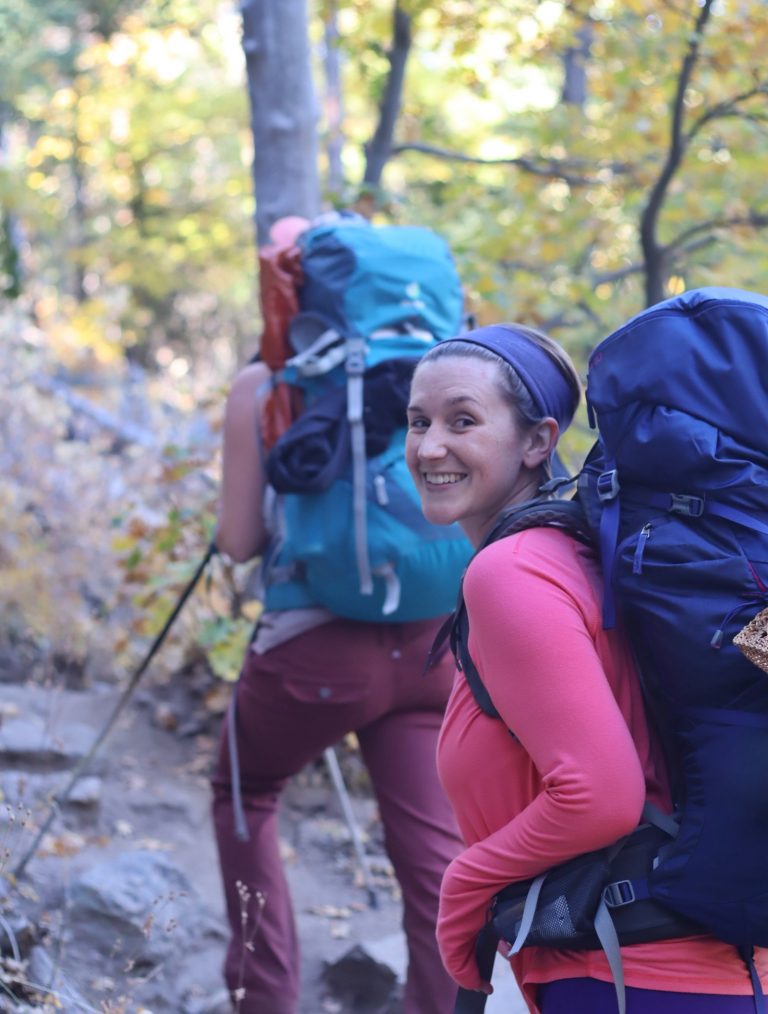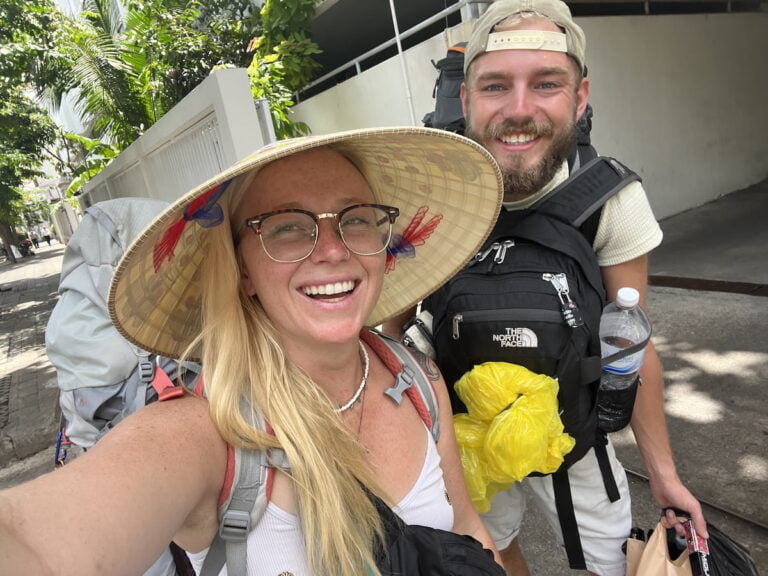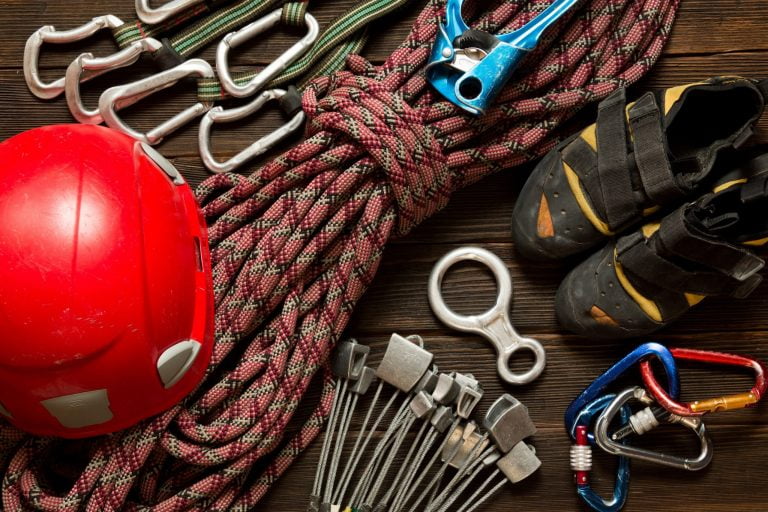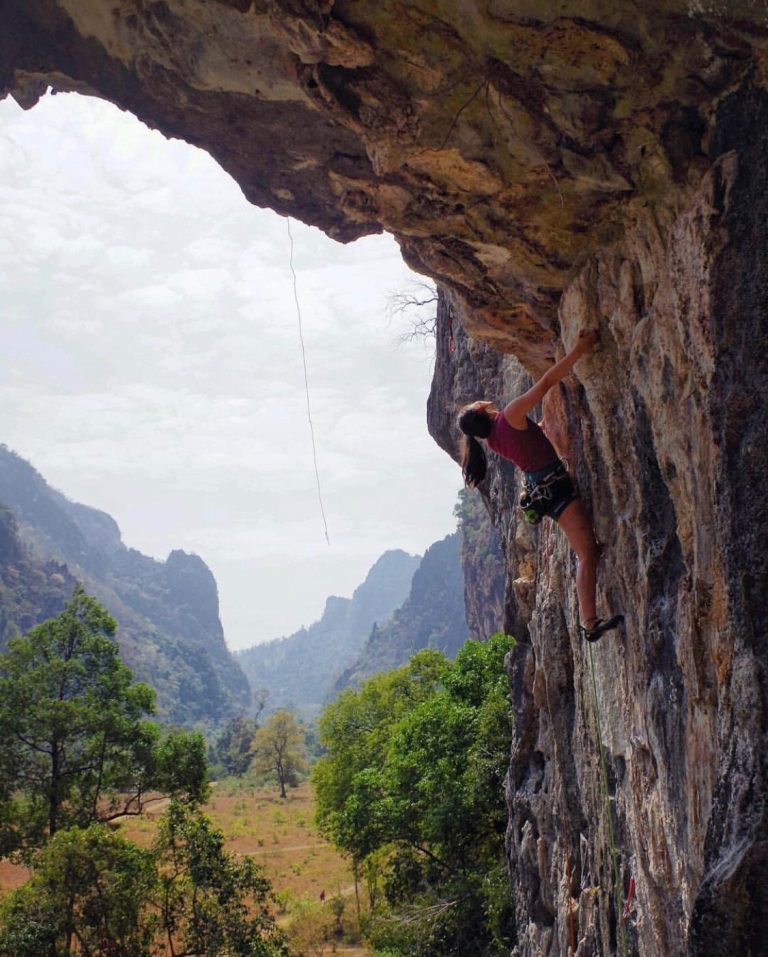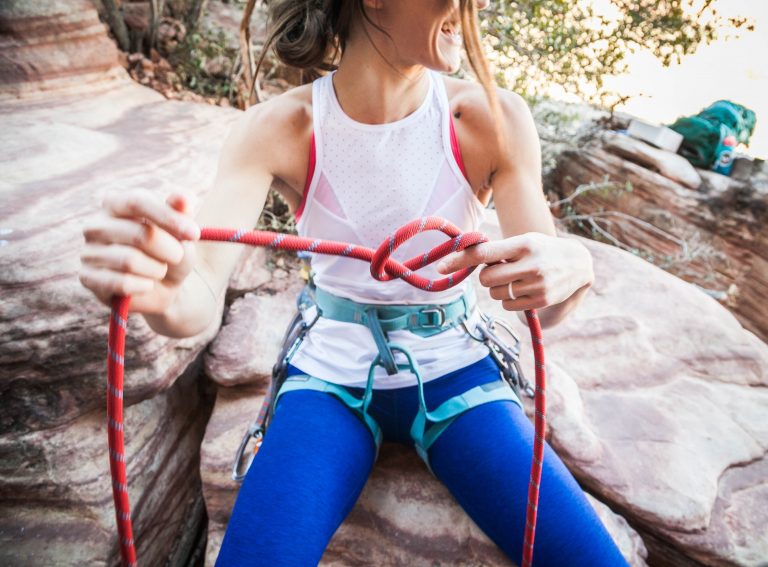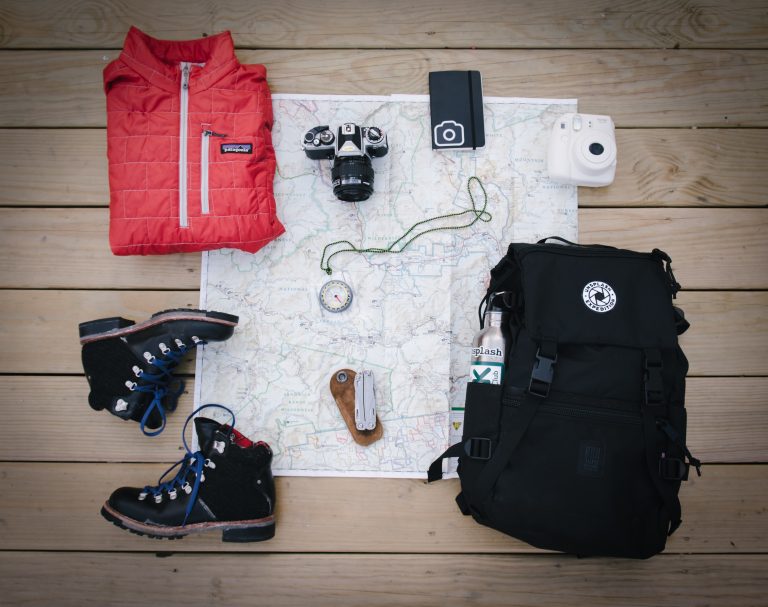Camping In the Rain: A Definitive Guide (Based on my experience!)
It may come as a surprise, but camping in the rain can be an incredibly enjoyable experience. Granted, one is prepared and comes with the right mindset. Hiking a misty trail through the forest and coming back to a campsite, changing into dry clothes, and climbing into warm sleeping bad can be bliss for the adventurous;
The explorers, the survivalists, peace seekers, through-hikers, and weekend getawayers. We like the challenge of overcoming obstacles and have a great time doing it. Sleeping in a tent in the forest, breathing in the fresh woodsy smell of damp earth… it is an invigorating and reenergizing “breath of fresh air.” Listening to raindrops patter on the canvas of the tent while you’re snuggled up cozy and dry in a sleeping bag… it’s real-life sound therapy!

Preparing for rainy camping
I once was on a road trip where in Moab, Utah it was too hot to pitch a tent. The hot air stifling, and it was over 100 degrees in the shade. We decided to drive a couple of hours East into Colorado to find relief from the heat. We ended up in Telluride, a picturesque mountain town situated between peaks. During the winter it is a mecca of winter sports, in the summer it is perfect for visiting breweries and hiking among the wildflowers and aspens. Setting up camp near a lake that night, it started to rain. The raindrops turned into snow flurries as the temperature dropped. We found ourselves desperate for as many layers as possible and started piling on whatever we could find in my Subaru to keep warm: towels, blankets, and every piece of clothing we had. Needless to say, we were not prepared.
Katie Schreffler
When prepping to camp, always check the weather forecast. I use weather apps on my phone, and I check multiple ones several times, just in case. This is especially important in mountainous areas where weather can be totally different at various elevations and even on different sides of the mountain.
Choosing the right campsite is critical when preparing for rainy camping. Not only the geographical location, but when choosing a specific place to pitch your tent there are several factors that play into picking an optimum spot.
Look for a site that may have natural shelter such as a boulder, this can help block some of the wind. Ensure to pitch your tent AWAY from the prevailing wind.
Choose a position that is on higher ground. A little elevation at your location will allow water to run off. Don’t pick a site with the lowest elevation or at the bottom of a hill. The water will run down and stand in the lowest area. Do not set up camp right next to a river or lake. Water can rise quickly! You don’t want to wake up to inches of water in your tent.
Be cautious of setting up a tent under a tree. Trees can conduct lightning, branches can fall in strong winds, and water will continue to drip down even after the rain has stopped.
Is there an overhang? Are you high in elevation? Is there access to dry wood so you can build a fire? Are there large trees or are you in an open field? All of these are good things to consider when choosing the right campsite.

Setting up a waterproof shelter
Setting up a waterproof shelter requires some basic supplies. First of all, you are going to want to make sure your rainfly is in the tent bag. This is a small but critical item when camping in the rain. It goes over the top netted area of you camp and is water-repellant. Make sure that your tent has enough tension that water doesn’t collect on it. Often times, morning dew alone can seep through the tent and soak anything that is up against the side of the tent, so stay away from the sides of the tent. Make sure the windows are zipped up while it’s raining. When the rain stops, unzip the windows to allow for ventilation to help prevent condensation.
Also, you may want a tarp, or several. String it up above the tent (550 cord is great for this) and make sure it is pitched to effectively divert water. A tarp can be used as a tent footprint, which can keep your tent from sitting on wet muddy ground. Tarps can also be used to create an outdoor dry space for hanging out, taking off wet gear, and cooking.
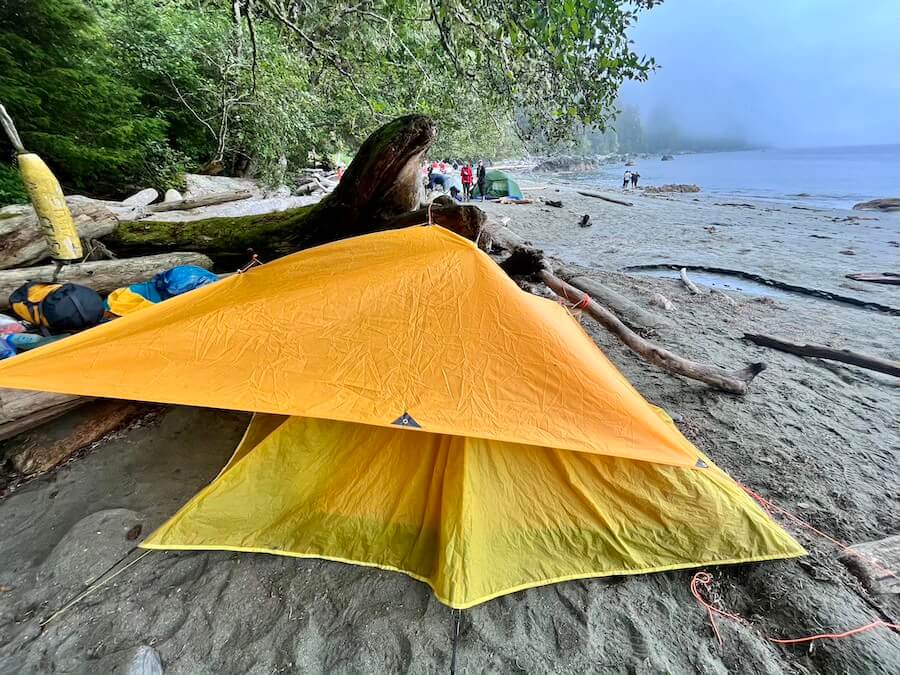
Preparing your gear
If you get to a campsite before it rains, it’s a good idea to gather dry firewood and kindling as soon as possible. You can also purchase firewood or bring kindling from home. Make sure to cover the wood with a tarp to keep it dry in the rain!
While tents are water-repellant, this does not mean they are waterproof. You can however use waterproofing spray occasionally to add a protective layer to your tent.
Re-waterproofing your hiking boots before heading out is a good idea.
Ensure your gear is in good working condition and that any rips, tears, or wear is repaired.
Pack extra layers and wear synthetics. Avoid cotton as it does not insulate well when wet. It also takes longer to dry. Base layers should be moisture-wicking. External layers should be waterproof or water-repellant. Have extra clothes to change into for relaxing around the campsite, and extra socks to keep your feet dry.
Cloudy rainy days and nights can be exceptionally dark. Make sure you have adequate lighting for your site. String lights, a lantern, a headlamp, or a flashlight will do. Make sure your gear is charged or you have extra batteries if necessary.
Consider sleeping in hammocks with a rain cover to stay off the ground.
Bring prepped food that’s ready to cook. This can help eliminate time spent outside in the elements. Have a great recipe for a nice soup, pasta, or comfort meal? This is the time to break it out. A nice hot meal after being wet is lovely. Also, your body burns more energy when it’s cold so keep the carbs coming!
Tip & hacks
- Bring extra tarps! You can string up a tarp above your tent, use it as a tent footprint, or create an extra sheltered area outside for cooking, relaxing, playing games, etc. A pop-up canopy can also work. Stake it down to prevent it from blowing away.
- Have a dry zone and know how to tie a tarp up tight enough so that it’s not flapping in the wind.
- Store your clothes inside your sleeping bag with you. This will ensure your clothes are nice and warm when you wake up on a damp morning and are struggling to get out of your toasty sleeping bag cocoon.
- Hand warmers such as Hot Hands are amazing to have on camping trips. You can stick them in your gloves to warm icy hands or even in your socks on an especially cold night to stay warm.
- Ready-to-eat food. Having food on hand that doesn’t have to be cooked is great to have during a downpour when it’s difficult to cook.
- Hot Cocoa, anyone? A nice warm mug of hot cocoa or coffee once you get back to camp after hiking in the rain, or on a brisk evening is like a warm hug.
- Layers! Wearing extra layers, and waterproof layers, can help regulate your body temperature in the rain.
- Don’t forget a rain jacket or poncho! If nothing else, a trash bag with holes cut out for the head and arms can double as a poncho.
Activities
- Play cards – Go Fish, Spades, Solitaire, Cards Against Humanity, UNO
- Games – board games such as Monopoly, Jenga, Yahtzee, and Chess or spoken word games such as Eye Spy, Charades, 20 Questions, or Simon Says
- Read a book – There’s nothing like cuddling up and diving into a good book on a rainy day.
- Journal – Take some time to write down your thoughts, what you are doing, and how you are feeling.
- Sing – You can sing classic camp songs like “Baby Shark”, “Boom Chicka Boom” or “John Jacob Jingleheimer Schmidt”. My family is full of Pitch Perfect fans, so we try to sing the acapella version of songs which always results in good laughs.
- Tell stories – Tell stories with your friends or family. You can tell ghost stories, inspirational stories, made-up stories, or tales from other adventures. There’s a reason ancient peoples used this method of entertainment around the fire.
- Crafts – Make necklaces or keychains, use beads, create something with paracord, make a hiking stick, carve a stick into a figure, draw, paint, get creative!
- Enjoy the sounds of nature – Raindrops on canvas, crickets, frogs, and trees swaying in the wind… It’s music to my ears.
- Build a fire – If it’s possible, take this time to build a campfire to stay warm. Bonus points if you brought marshmallows, graham crackers, and chocolate for S’mores!
- Go Hiking in the rain – A nice hike through a lush damp forest is soul soothing. Wear appropriate footwear and rain gear and enjoy the experience.
- Play in the rain – If it’s not too cold, play in the rain! For kids, or the kid at heart, there’s nothing better than splashing in puddles and making mud pies.
- Take a nap – Take the opportunity to rest and restore your energy.
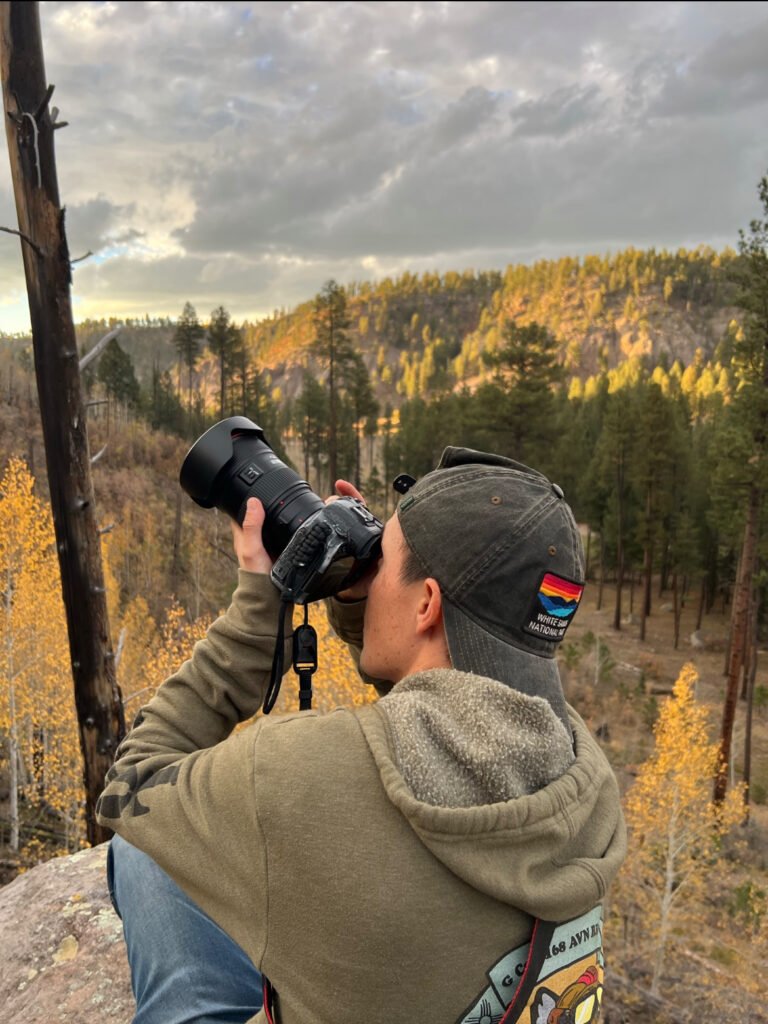
Checklist
This handy checklist will ensure that you will avoid any pitfalls or problems during your camping stay.
- Rainfly – We’ve all heard the stories of someone forgetting to bring their rainfly. Don’t be that person.
- Firewood and kindling – You can collect dry wood and kindling at the site or purchase beforehand. Kindling can be brought from home. This can be old newspaper, dryer lint, pine straw, etc. Store it in a Ziplock bag to keep it dry
- Waterproof matches or lighter — Having a waterproof ignition source is essential. It will keep you from being frustrated when the matches are damp and impossible to light.
- Camp Stove — Sometimes a camp stove is better to use in the rain when it’s difficult to start a fire. It’s also easy to set up under a canopy to cook a hot meal. Never use a camp stove in a closed tent due to the risk of buildup of carbon monoxide and fire hazards.
- Waterproof containers — A great addition to your checklist. Nobody wants to wake up in the morning and put on soggy socks and shoes. Dry bags, plastic totes, trash bags, or Ziplock bags can be used to store items. This will allow you to keep clothes, shoes, food, and gear dry.
- Clothesline — Once the rain is done, you can hang up any wet clothes, towels, and gear to dry before you pack them or use them again.
- Waterproof clothing — A rain jacket, poncho, gaiters, and waterproof shoes are great items to have when camping or trekking in wet conditions. These will help keep you warm and dry.
- Towels – Extra towels come in handy to dry everything off, especially kids, pets, and gear. Or, if you end up like I did in Colorado, they can double as blankets.
- Blankets – When camping in the rain, extra blankets are great to have when the temperature starts to drop. Stuff them in your sleeping bag and get cozy.
- Waterproof shoes – Wellies, Crocs, or waterproof hiking boots to keep your feet dry. Bring an extra pair of comfortable shoes for relaxing at camp.
- Extra Socks – Dry feet are happy feet, especially when camping and hiking. Change your socks often.
- Lighting – String lights, headlamp, flashlight, lantern, etc. Nobody wants to walk to the bathroom in the dark during a rainstorm.
- Repair kit – A rip in the tent during a downpour is going to leave you and your supplies soaked. A repair kit will allow you to solve the problem and stay dry.
- First Aid Kit — Everything gets a little more dangerous in the rain. Stay prepared.
- Positive attitude – Attitude can make or break a camping trip. Know that you are going to get wet. At times it’s peaceful, at times there are obstacles to overcome. Either way, you can appreciate it with a positive mindset and return with the joy of the experience and be more equipped for the future.
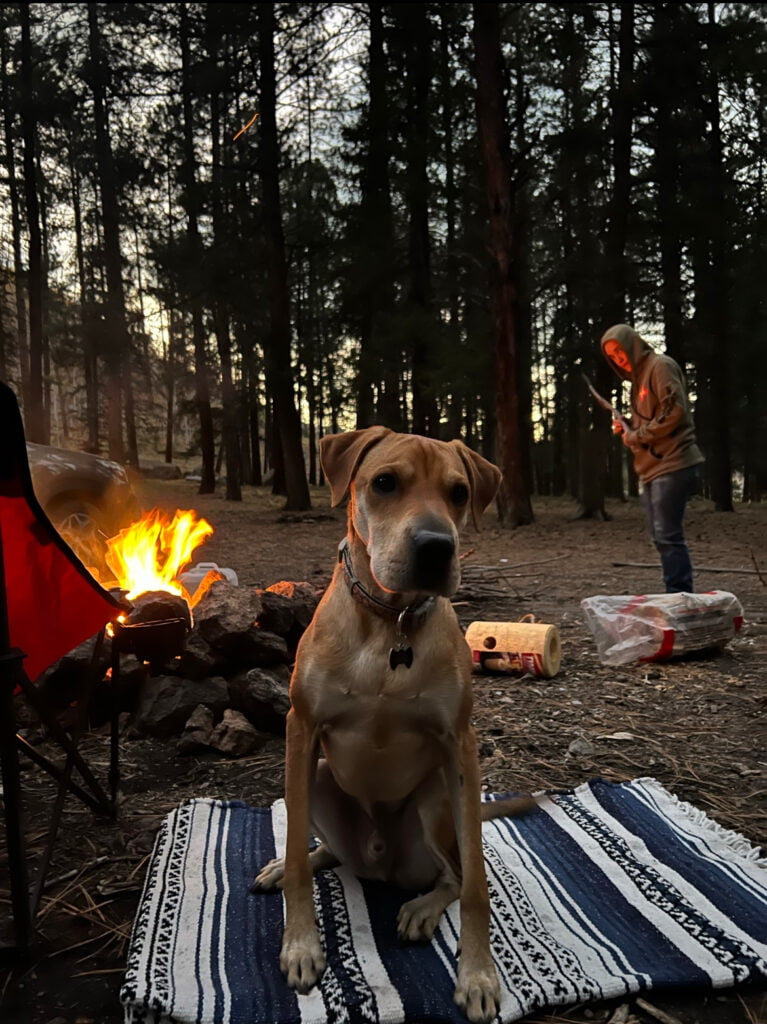
There’s a saying that goes “There’s no such thing as bad weather, just bad preparation”. With the right preparations and a good attitude, camping in the rain can be a fun and memorable experience – a story to tell on your next rainy-day adventure.
Dare To Be A Wildflower is a participant in the Amazon Services LLC Associates Program, an affiliate advertising program designed to provide a means for sites to earn advertising fees by advertising and linking to amazon.com.
